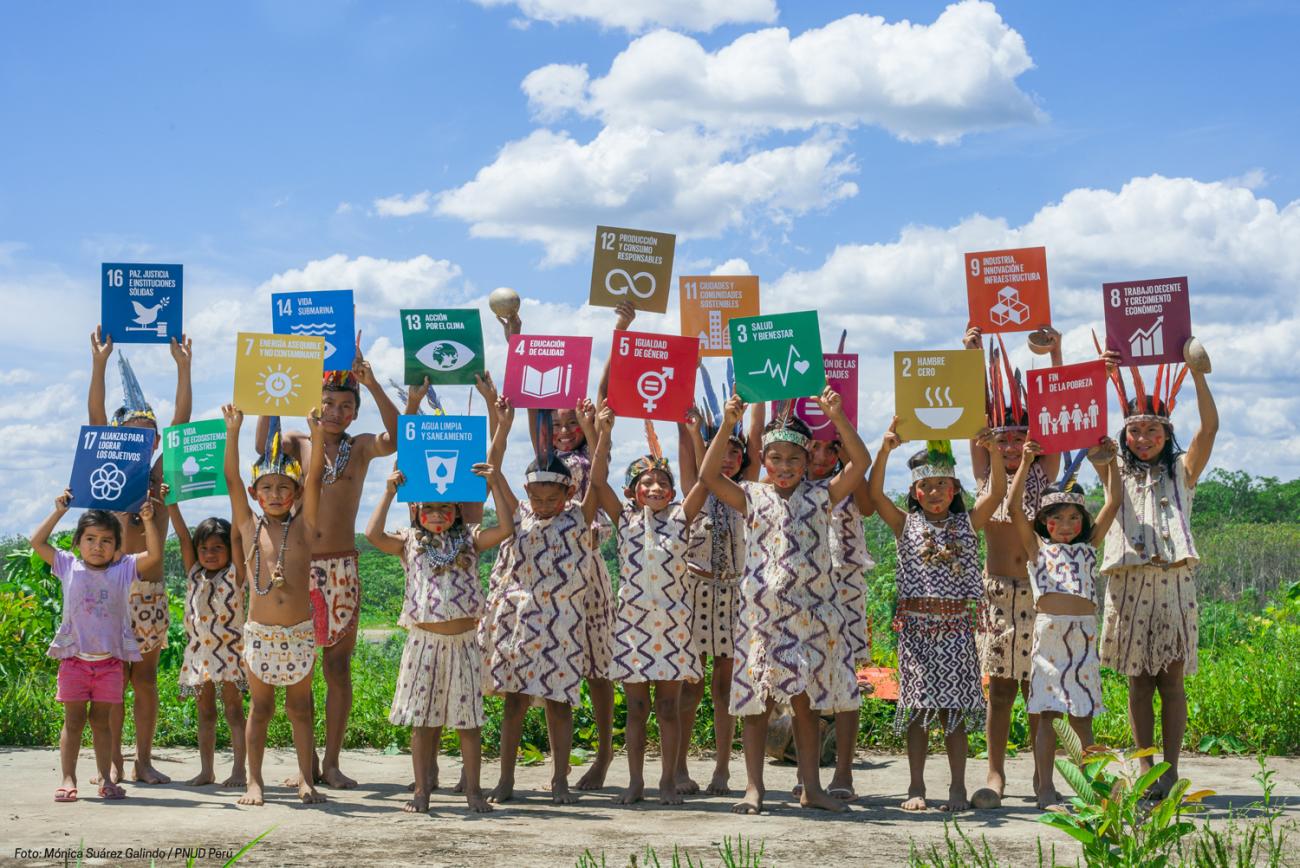
Photo: © Business Call to Action UNDP/ ATP Digicel
2030 Is in Sight: 5 Myths About the SDGs and the Everyday Wins Proving Them Wrong
15 September 2025
With just five years to go for 2030, the world is buzzing with questions about the Sustainable Development Goals (SDGs). Are the SDGs realistic? Are we running out of time? Do they even matter?
Myths and misconceptions often dominate global conversations, leading to cynicism or inaction. The reality is that change is happening, and it affects our everyday lives. From grassroots initiatives to national policy, we are seeing progress that is real, measurable, collective and worth scaling up.
Ahead of the High-level Debate at the 80th session of the United Nations General Assembly next week, the focus remains firmly on all efforts to achieve durable peace, shared prosperity and sustainable progress for people and planet.
Here are five common myths about the SDGs — and the tangible everyday wins from around the world—that prove them wrong.
⚠️ Myth: The SDGs are an UN-led agenda.
✅️ Reality: Ten years ago, all 191 member states (at the time) adopted the 17 Sustainable Development Goals after one of the most extensive and significant multilateral engagements in history. The dialogues around this were led by countries with voices from policymakers and everyday people helping shape priorities and decisions. The SDGs clearly reflect the countries’ national goals, whether for better jobs and health, clean water and air, environmental protection, or economic growth.
💡 Example: In many countries around the world, the SDGs are a guiding light for national policies. In Sri Lanka, the next National Health Policy is aligned with the SDGs, aiming to improve health and well-being for all. Panama, for example, is making a huge leap for gender equality and SDG Goal 5 through a new law establishing a National Care system. UN country teams on the ground and the Resident Coordinators who lead them are galvanising leadership around such pressing issues.
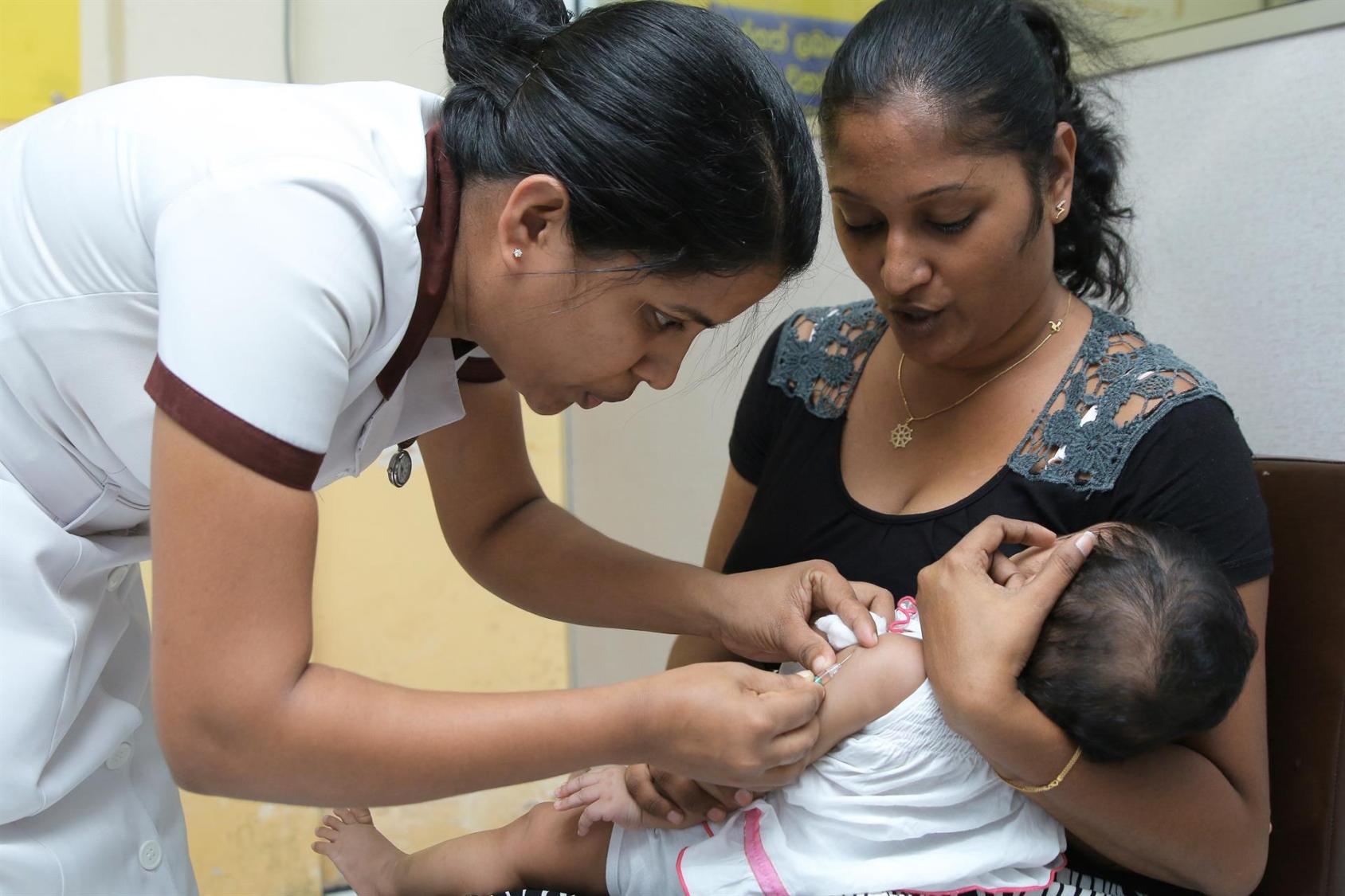
Photo: © WHO Sri Lanka
⚠️ Myth: The SDGs are only the Government’s responsibility.
✅️ Reality: A sustainable future is everyone’s responsibility; from policymakers to businesses, civil society, universities, media and citizens. Across the world, leaders from all sectors are stepping up to create a fairer and more sustainable world that benefits everyone. This is not just a moral imperative; it makes economic sense.
💡 Example: In Thailand, the private sector has pledged $46 billion toward carbon neutrality by 2050 as well as for protected land and marine areas and creating green jobs. This has been made possible through the Global Compact Network and the Resident Coordinator’s Office. In the Pacific countries, civil society leaders are not only helping drive on-the-ground impact on climate action, like in Kiribati, but also helping shape inclusive and effective policies and monitor global commitments, like in Samoa.
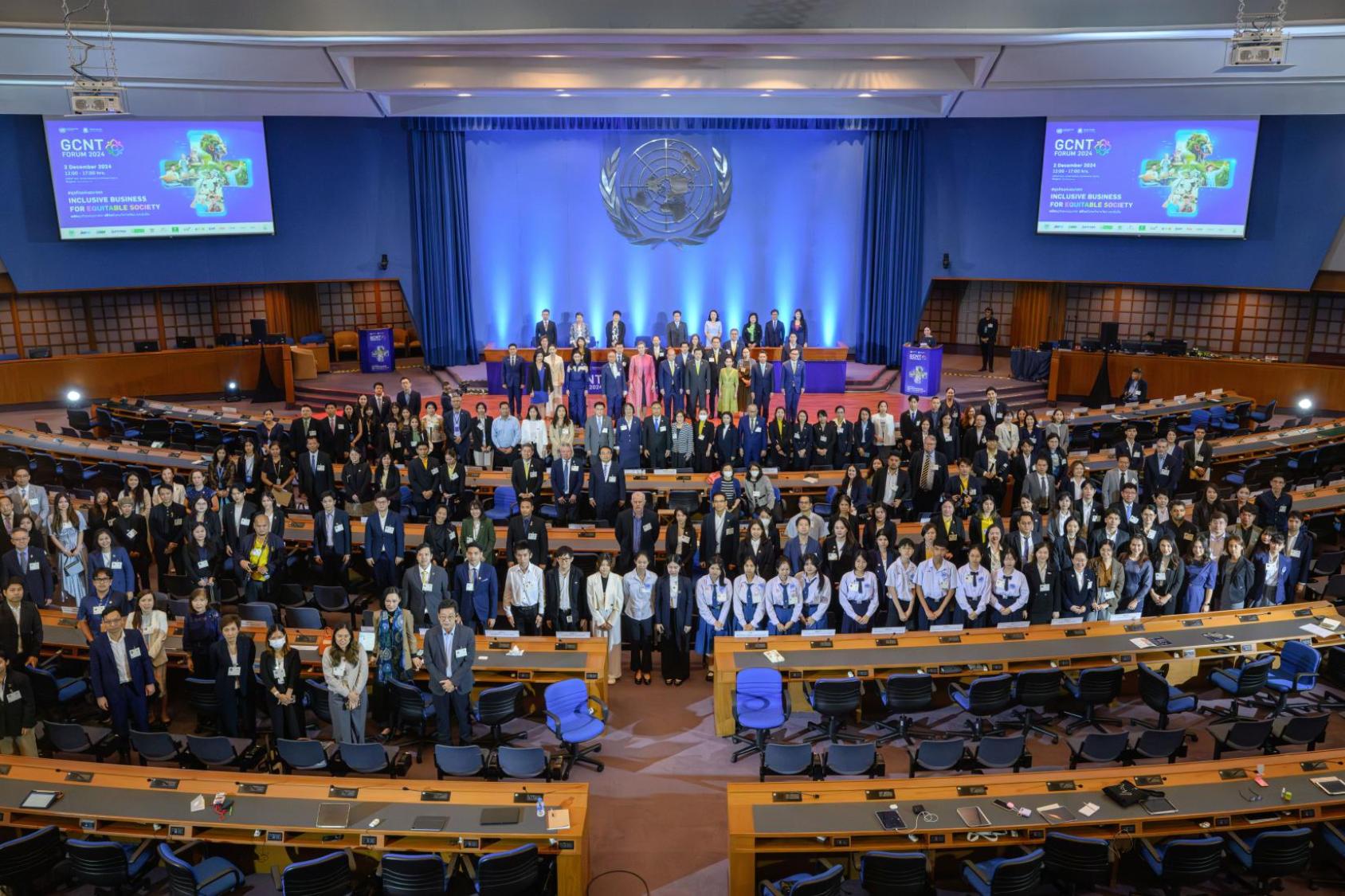
Photo: © UN in Thailand
⚠️ Myth: The world lacks the resources to help achieve the SDGs.
✅️ Reality: Developing countries face an investment gap of around $4.2 trillion annually to achieve the SDGs. But money exists and needs to be channeled where it matters most. Banks, international financing institutions, credit companies, businesses and governments must work together to invest in long-term sustainable development, such as better jobs, reduced inequalities, improved cost of living, and more stable economic growth.
💡 Example: In Indonesia, thematic bonds and Islamic bonds called “sukuks”, issued by the Government and its financial partners, are directing billions of dollars towards issues like climate resilience, biodiversity protection, urban transport, education and health. In Uruguay, a new Renewable Energy Innovation Fund combines banking and private sector resources to scale up renewable energy and reduce carbon emissions in the country. UN agencies, including UNDP, UNEP, UNIDO, UN Women, etc., and the Joint SDG Fund have worked under the leadership of the Resident Coordinator to make these large-scale shifts in financing a reality.
⚠️ Myth: Young people do not care about sustainable development.
✅️ Reality: Young people are among the most active SDG champions. Through initiatives like Youth2030, they shape policy, drive innovation and hold institutions accountable. They are not just consulted, they co-design solutions in areas ranging from climate action to health and education. Mechanisms for meaningful youth participation ensure that young people sit at the decision-making table, while digital platforms and campaigns give them powerful tools to organize, advocate, and create change. Young people are not waiting for 2030; they are leading the way there.
💡 Example: In Jordan, a dedicated group of young men and women is working with the UN to champion green solutions in their community and shape policy and planning. The UN in Jordan and its partners have been supporting nearly 90,000 young people in the past year to develop leadership and influence decisions that impact them. In Ethiopia, Guatemala, Mali and Yemen, young people are on the frontlines of peacebuilding, using digital platforms and leveraging their role as changemakers in their communities to bridge divides and unite people.
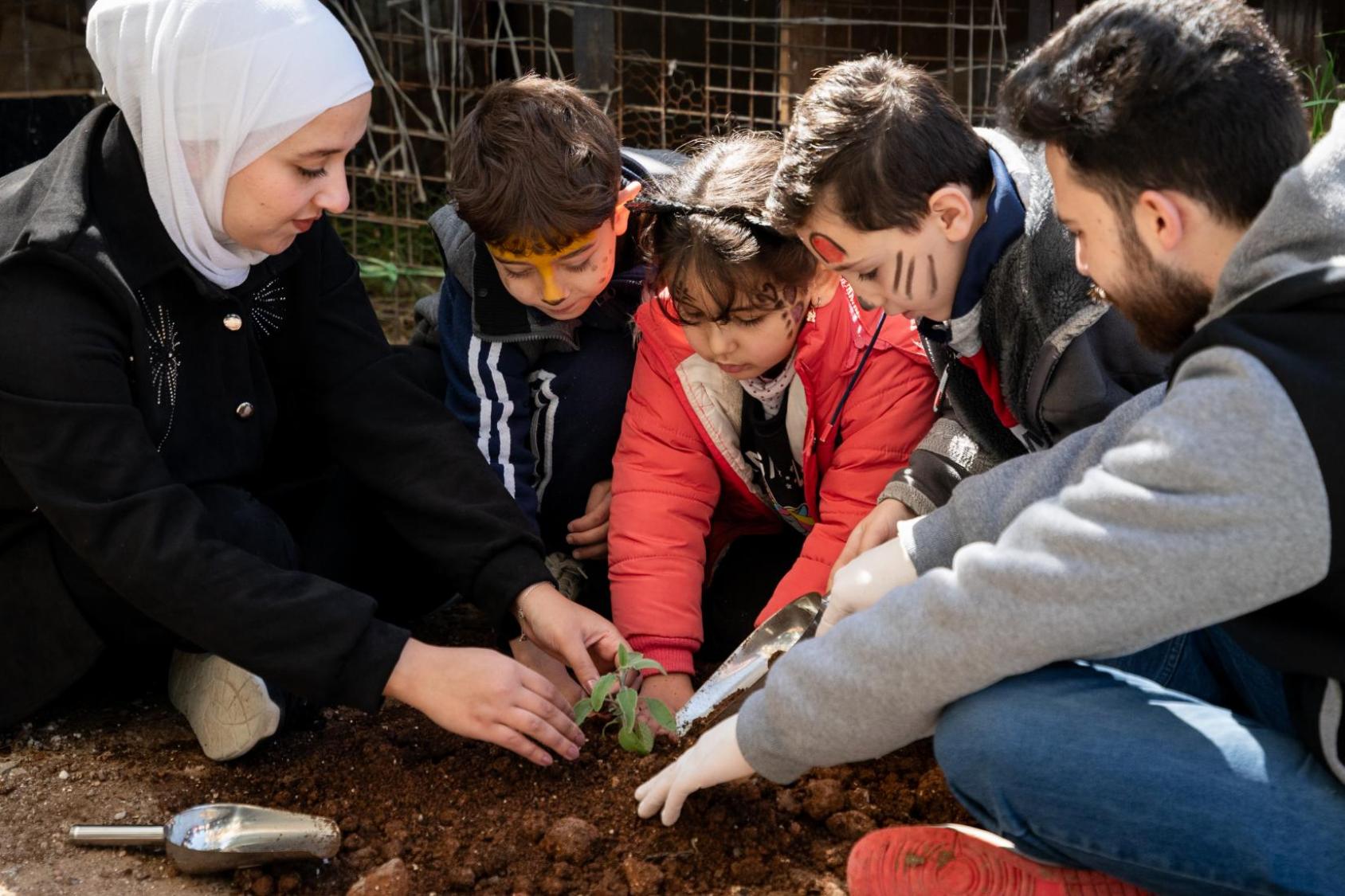
Photo: © UNICEF Jordan
⚠️ Myth: The SDGs focus only on a few politically motivated agendas, like climate action or gender equality.
✅️ Reality: The SDGs aren’t about choosing one issue over another. They take a balanced and holistic view of how long-term sustainable development can benefit everyone, so no one is left behind. For example, climate action can create jobs and boost health, digital infrastructure can advance education and gender equality, and investments in agriculture can improve nutrition and local economies. It is interlinked efforts like these that ensure that everyone can win and thrive together. Countries around the world are already owning this and paving the way.
💡 Example: In Zimbabwe, a Renewable Energy Fund, supported by UN agencies and managed by an African financial services partner, Old Mutual Investment Group, is providing equity, debt and guarantees for renewable energy businesses. It creates jobs and boosts the local economy while preserving the environment. In Albania, investments in digital transformation provide education to more than half a million students and targeted employment opportunities for nearly 400,000 young men and women. In Bhutan, school meals programmes combine local agricultural production, digital innovation through how the meals are planned and inclusive education to transform lives and livelihoods. UN teams work closely with governments, communities and local partners to support these integrated solutions.
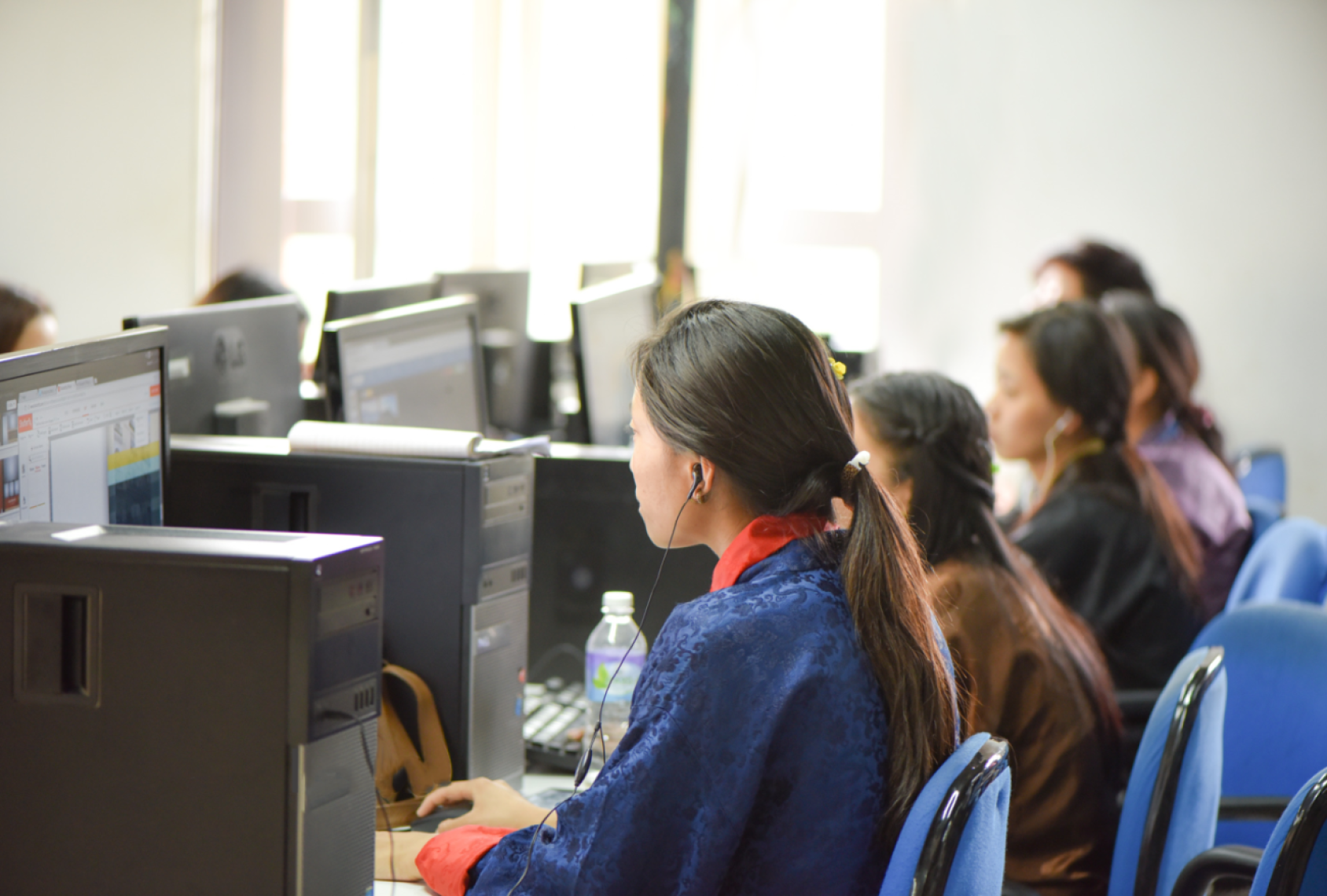
Photo: © UNDP Bhutan
The SDGs are not perfect, but they remain our best roadmap to a fairer, greener future. Myths may distract, but these realities and examples from the ground tell another story: countries are making strides, young people are innovating, and financing solutions are emerging. The next five years are critical. Take part, hold leaders accountable and support SDG initiatives in your community. The SDGs belong to everyone. They are everybody’s business. With action and investment for these Goals today, we can catapult ourselves to a better tomorrow.
Please find the original article here.